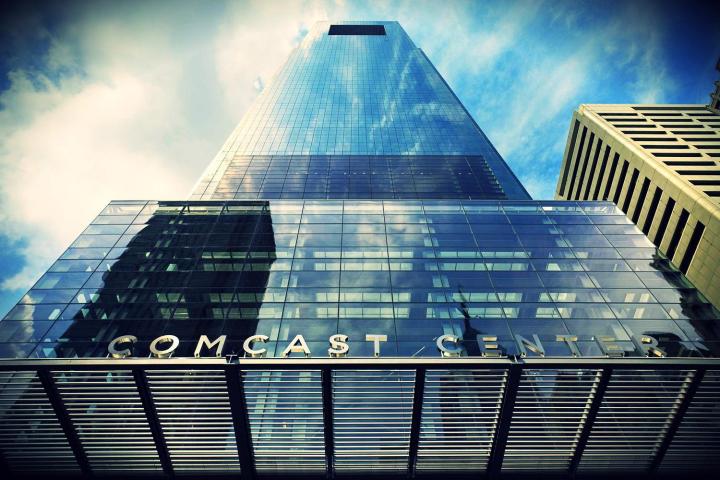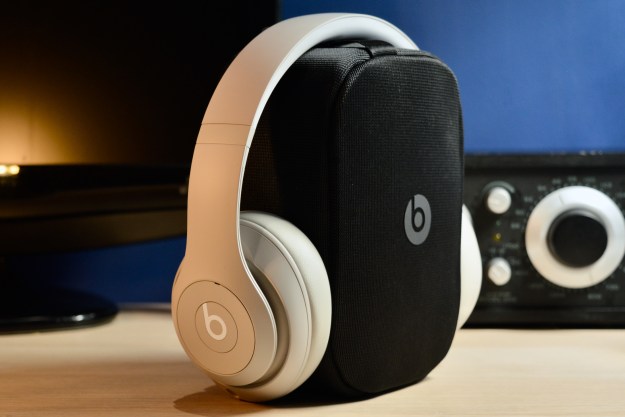
But is it even possible?
History has proven that, be ye an individual or a massive conglomerate, once you’ve gone down a certain path, it’s really difficult to change course. No matter how many changes are made, the issue of trust remains, and it’s hard for those who have been wronged in the past to believe in real change, even if improvements appear right in front of them.
Here are four reasons Comcast may be beyond salvation.
Our hatred is deep-seated
Comcast is all too aware of its bad reputation. Criticized for everything from its power-hungry grab for Time Warner Cable and thwarting Net Neutrality, to its zealous employee’s famed 8-minute phone call, continuously denying tech journalist Ryan Block the right to cancel service, Comcast is the villain we love to hate. In a statement announcing Herrin as the Special VP in charge of pleasing the public, CEO of Comcast Cable Neil Smit admitted there’s a long road ahead.
“Transformation isn’t going to happen overnight,” Smit wrote. “In fact, it may take a few years before we can honestly say that a great customer experience is something we’re known for. But that is our goal and our number one priority … and that’s what we are going to do.”
Even “a few years” time frame seems a little optimistic — let’s face it, Comcast is a big ship, and big ships don’t turn on a dime. While poor customer service experiences may be the perpetual reminder of Comcast’s loathed position in the hearts of its subscribers, it’s really just the face of the problem. Underneath that terse exterior lies a litany of past transgressions by the country’s largest ISPs; skeletons stacked high in the closet that won’t disappear with a friendly phone call, or two-hour delivery windows.
We don’t feel like we have a choice
For millions of people, as far as high-speed Internet goes, it’s Comcast or bust.
Even if Comcast offered a fantastic customer experience, the lack of any viable competition makes customers feel totally powerless; this naturally creates tension. Having no other choice never feels good, even if you would never exercise it.
As the largest ISP in the land, Comcast naturally takes the brunt of much of the anger over the new regulations.
However, the FCC, which is headed by seasoned cable and communications lobbyist Tom Wheeler, has been hesitant to acquiesce to such calls and, in fact, has introduced new rules to create so-called Internet fast lanes, which many say would make it easier for service providers to shake down larger companies to pay bigger fees for faster service. Many consumer advocates, and even large corporations like Google and Yahoo, have called the new proposals a threat to Net neutrality, or a free internet, and millions of people have logged comments with the FCC.
As the largest ISP in the land, Comcast naturally takes the brunt of much of the anger over the new regulations (or lack thereof), and its proposal to purchase the second-largest ISP in the land, Time Warner Cable, for $45.2 billion has only furthered the public’s distrust. But it’s not just its position as a mammoth, undisputed ruler of the Internet that has put Comcast in the crosshairs.
Comcast abuses us and other companies we like
Comcast has been regularly accused of dirty dealings with online services using its subscribers as pawns. The company was implicitly named by Internet transit provider Level3, for essentially throttling, or purposely slowing down, Internet traffic for its own customers. While the company does not directly call out Comcast, it claims that five major ISPs in the U.S. have been throttling service for customers by refusing to upgrade the infrastructure on their side of the connection, which causes slower connection speeds.
Netflix, which recently signed agreements with several major ISPs (including Comcast) to alleviate increasingly slower streaming speeds on their networks, goes further with its accusations of Comcast. In a 250-page petition with the FCC arguing against the proposed Comcast/Time Warner merger, Netflix claims the resulting super-company would have even higher market strength, allowing it to leverage its one-game-in-town dynamic to implement “degradation strategies,” essentially extorting streaming services like Netflix, and other companies for access to its subscribers.
And those are just a few of the accusations made against Comcast, which has already grown to a size and position that essentially makes it untouchable. If you had no real consequences for your actions, how would you behave?
We’re not interested in what it’s selling anymore
Regardless of its position of Internet supremacy, Comcast’s highly profitable Xfinity service is under assault from the new era of over-the-top (OTT) video services. That competition comes directly from its new partner/adversary Netflix, dozens of other online services that have cropped up in recent years, and forthcoming services from conventional providers like Dish Network, which is putting together an affordable online pay-TV service for those who have left the traditional broadcast fold.
Comcast is hoping to improve its reputation, even as it attempts to consolidate power like never before.
Still, while Werner suggested new innovations involving cloud services, he stopped short of suggesting any major changes to the traditional cable delivery method. In other words, no OTT is on the docket for Comcast as of yet.
A kind and gentle master
Comcast has set a new course to become the massive superpower with a heart, that loves its subjects. Following other Goliaths of their respective fields like Google, which is famous for its “Don’t be evil,” mission statement, Comcast is hoping to improve its reputation, even as it attempts to consolidate power like never before. But, even if Comcast can turn the tables and create a satisfying overall customer experience, can it create enough goodwill to move from loathed to loved?
Given all of the challenges noted above, that transformation may be too much for any corporation to pull-off, no matter what lengths are taken. It’s hard to imagine a smiling face (or voice?) will erase Comcast’s past transgressions, or ease the fears that the company is an unstoppable force that’s about to become even more expansive and powerful.
But hey, it’s not like you can do anything about it anyway.


